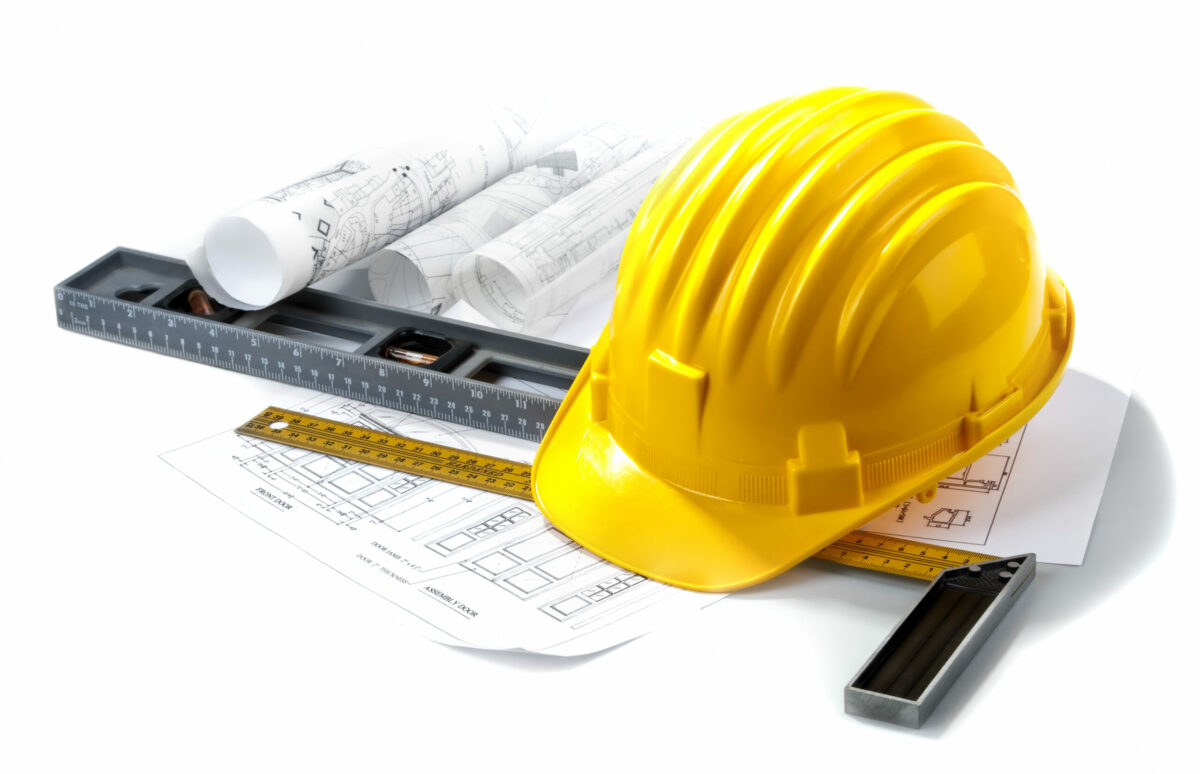- Steel mill operations face safety, adaptability, and efficiency challenges, requiring updated training and automation.
- Regulatory compliance and awareness of government incentives are critical for maintaining sustainability and profitability.
- Workforce management, including adequate staffing and ongoing training, directly impacts productivity and safety.
- Environmental compliance and energy efficiency are key for regulatory compliance and conservation of natural resources.
- Proactive management and resolution strategies are necessary for successful steel mill operations.
From 1969 to 2023, steel production in the United States has averaged 7,814.13 thousand tonnes. It peaked at 11,951.00 thousand tonnes in May 1973, while hitting a record low of 3,799.00 in April 2009.
The steel industry has been the backbone of many economies. However, with the recent technological advancements and increasing competition, it has become challenging to navigate through the day-to-day operations of a steel mill.
To address these challenges, effective management and resolution strategies are necessary to ensure success in the industry. This blog will discuss some common challenges faced in steel mill operations, and strategies managers can adopt to tackle them.
Safety Challenges

One of the challenges managers face in steel mill operations is safety. Steel mills operate in a hazardous environment, and accidents can happen at any time. Managers must invest in employee safety by providing the necessary training and equipment. Safety protocols must be in place and enforced for employees and visitors to the mill. It’s crucial to have a culture of safety where employees feel confident about raising any safety concerns, and managers are swift in taking corrective action.
Adapt to Changing Requirements
Steel mill operations must also remain flexible to adapt to changing customer requirements. Manufacturers have become increasingly sophisticated, and there is high demand for customized products with specific specifications. To facilitate the use of the mill for specific applications, you can look for durable mill liner accessories. These accessories should be customized to address any challenges you face during production.
Operational Efficiency
Efficient use of resources affects the overall success of steel mill companies. Managers must keep a keen eye on the processes and identify areas that need improvement. Adopting lean manufacturing practices, such as automation, can help reduce the cost of production.
Manage Demand and Costs
Managers should equally prioritize the management of their energy demand, lowering overall fuel costs, maintenance, and operational expenses. Additionally, tracking materials and inventory can ensure that nothing goes to waste. A process optimization system will help keep the company running as efficiently as possible.
Regulatory Compliance
The steel industry is highly regulated, and non-compliance can result in severe consequences. Managers must keep updated with the ever-changing regulatory landscape and ensure their mill operations comply with industry standards. Here, tracking your emissions to contribute to environmental sustainability should remain a top priority for any manager.
Government Incentives
It is also essential to be aware of government incentives related to green production. These can help offset the costs associated with compliance and provide an incentive for mills to focus on sustainable practices. Additionally, staying up-to-date on global trade policies allows steel producers to take advantage of tariffs and other export restrictions or exemptions.
Workforce Management

The steel mill industry is labor-intensive, prompting managers to monitor employee morale and work schedules. Inadequate staffing levels and imbalanced workloads can lead to poor productivity and compromised production. Finding solutions to reduce attrition rates, avoiding employee burnout, and increasing employee engagement through training and professional development can enhance job satisfaction and employee retention and attract top talent.
Proper Training
Furthermore, steel mill managers must also ensure that their employees are trained and compliant with safety protocols. Accidents in the workplace can lead to costly liabilities, operational disruptions, and employee injuries or even fatalities. To help avoid these scenarios, developing a comprehensive safety program that includes regular staff training on safety procedures and equipment maintenance requirements is crucial.
Environmental Compliance
Steel mills have been known to cause damage to the environment, so it is crucial to prioritize environmental compliance in the day-to-day operations of the mill. Managers must adopt and enforce environmental policies that ensure regulatory compliance while promoting natural resource conservation.
Energy Efficiency
To achieve sustainability goals, energy-efficient practices such as utilizing renewable energy, minimizing water waste, and green initiatives must be integrated into the steel mill’s business operations. Additionally, managers must vigilantly monitor and enforce the safety standards for employees and air/water quality mandated by governmental agencies.
Managing a steel mill is not a walk in the park. Many challenges must be addressed daily, but steel mill companies can thrive with effective management and resolution strategies. With the industry constantly evolving, managers must stay updated with the latest trends, technology, regulations, and practices. Ultimately, a proactive approach to the challenges outlined in this blog will help managers of steel mill operations to be well-equipped for optimal and profitable mill operations.
